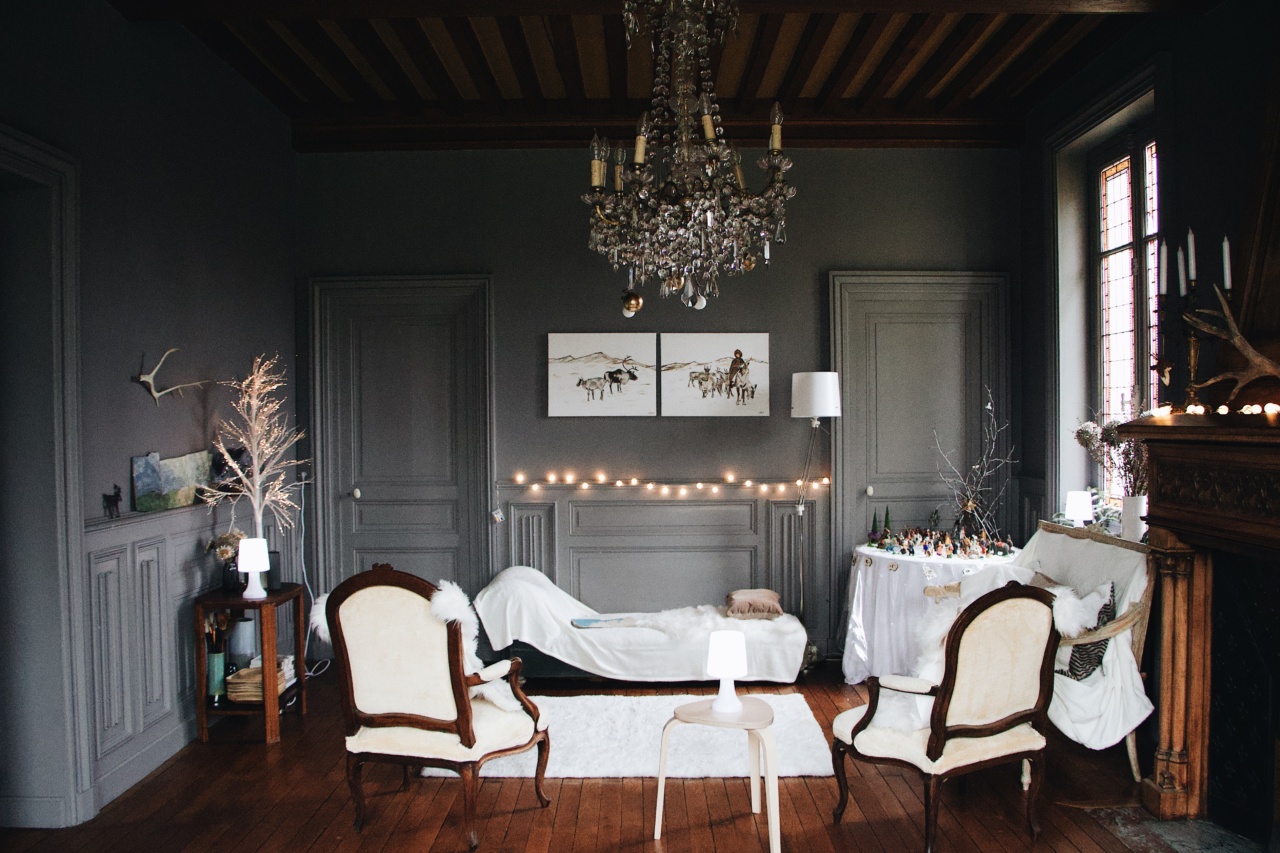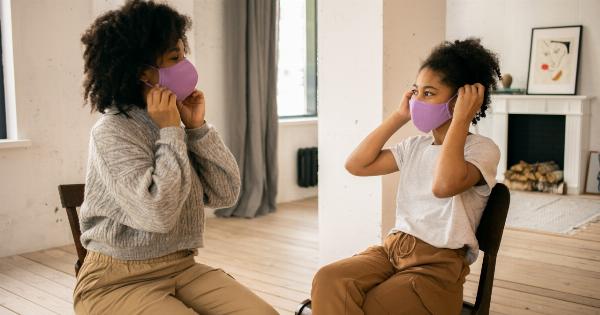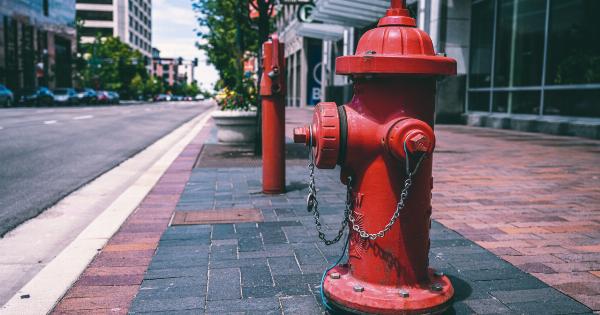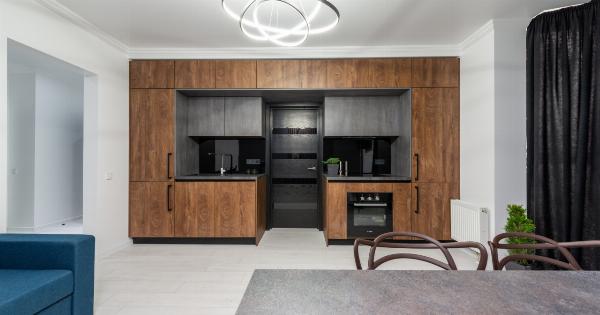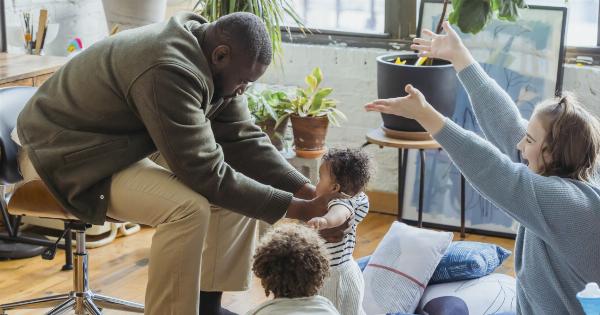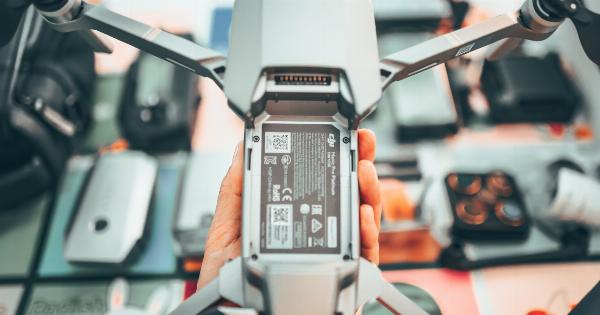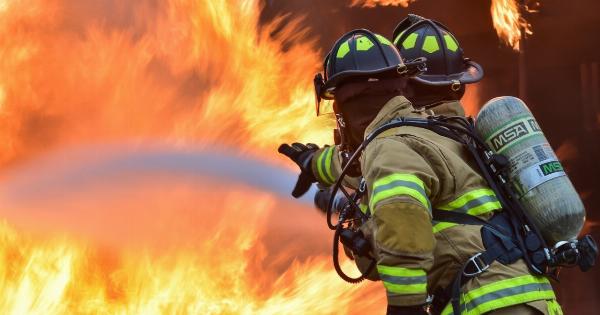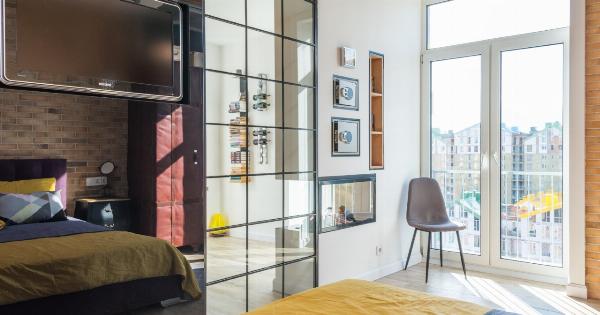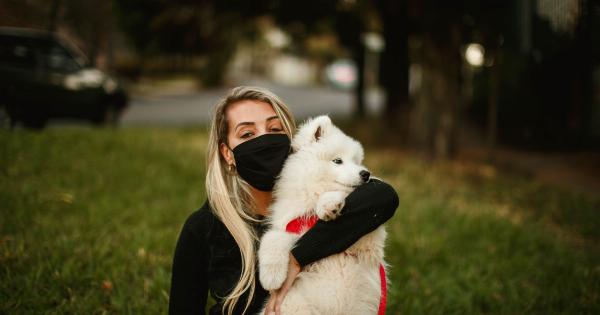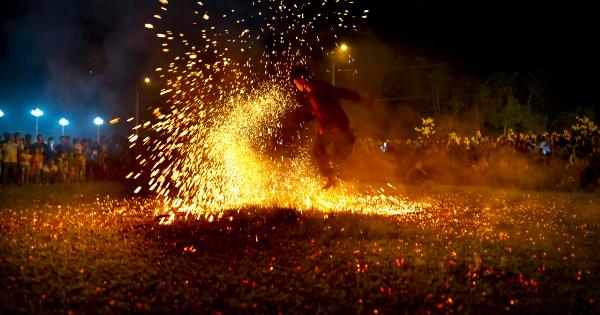A fireplace is an excellent addition to any home, creating a warm and cozy ambiance during the winter months. But before you light up your fireplace, there are some important things you need to consider to ensure your safety and the safety of your home.
In this article, we’ll discuss ten things you need to consider before lighting up your fireplace at home.
1. Check for any damages or blockages
Before lighting your fireplace, it’s important to check for any damages or blockages. Inspect the chimney and flue for any cracks, debris or obstructions.
Blockages can cause smoke and dangerous gases to build up in your home, while cracks can cause a chimney fire. Make sure the chimney is clear and in good condition before lighting a fire.
2. Clean the fireplace and chimney
For your fireplace to function properly, make sure it is clean and free from soot and debris. You can clean the fireplace and chimney by using a chimney brush to sweep away any residue that has accumulated over time.
A clean fireplace and chimney will allow for proper air flow and reduce the risk of a chimney fire.
3. Use the right fuel
Using the right fuel is crucial when it comes to lighting a fireplace. The most common types of fireplace fuel are wood, gas, and pellets. Make sure the fuel you choose is stored in a dry place and is not wet or damp.
Wet wood can cause a lot of problems, including creosote buildup, poor combustion and difficulty lighting the fire. Burning the wrong fuel in your fireplace can also result in toxic fumes and dangerous fires.
4. Open the damper
Before lighting a fire in your fireplace, make sure the damper is fully open. The damper controls the amount of air that flows into the fireplace, which affects how the fire burns and how much smoke is produced.
Opening the damper is essential to create proper air flow and to prevent smoke and toxic gases from entering your home.
5. Keep a fire extinguisher nearby
It’s always a good idea to have a fire extinguisher nearby in case of an emergency. Make sure the fire extinguisher is easily accessible and is in good working order.
You never know when a fire might break out, and having a fire extinguisher can help prevent serious damage to your home and keep your family safe.
6. Never leave a fire unattended
It’s important to never leave a fire unattended, even for a short period. Fires can quickly get out of control and cause serious damage to your home.
Make sure someone is always present while a fire is burning in your fireplace and never leave your home with a fire still burning.
7. Install a carbon monoxide detector
Carbon monoxide is a dangerous gas that is odorless and can be deadly. Installing a carbon monoxide detector in your home can alert you if there is an unsafe level of carbon monoxide present.
Make sure the detector is placed close to your fireplace and is in good working order.
8. Keep flammable items away from the fireplace
Flammable items such as paper, drapes, and furniture should be kept away from the fireplace. When placing items around your fireplace, make sure they are not in danger of catching fire.
A spark from the fireplace can ignite flammable items close by, resulting in a serious fire.
9. Have your fireplace inspected regularly
To ensure your fireplace is working properly, it’s important to have it inspected regularly by a professional chimney sweep. An inspection can help identify any potential problems and ensure your fireplace is safe to use.
Schedule an inspection at least once a year to maintain your fireplace’s safety.
10. Consider a smoke guard
If your fireplace is producing too much smoke, consider installing a smoke guard. A smoke guard can reduce the amount of smoke that enters your home, making it a safer and more comfortable environment to be in.
Conclusion
Lighting a fireplace at home can be a cozy and enjoyable experience during the winter months. However, it’s important to take the necessary precautions to ensure your safety and the safety of your home.
By following the tips outlined in this article, you can enjoy a warm and cozy fire without any worries.
